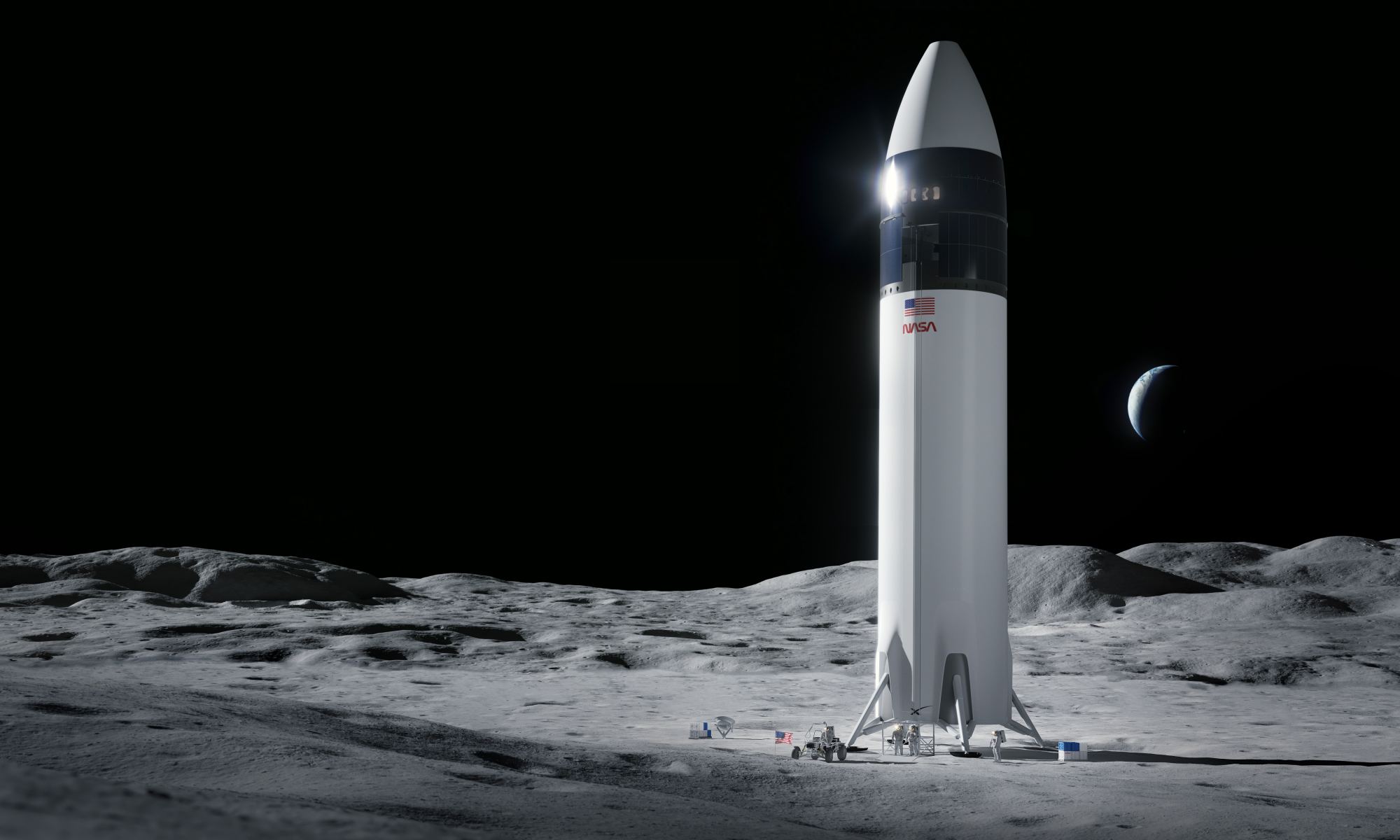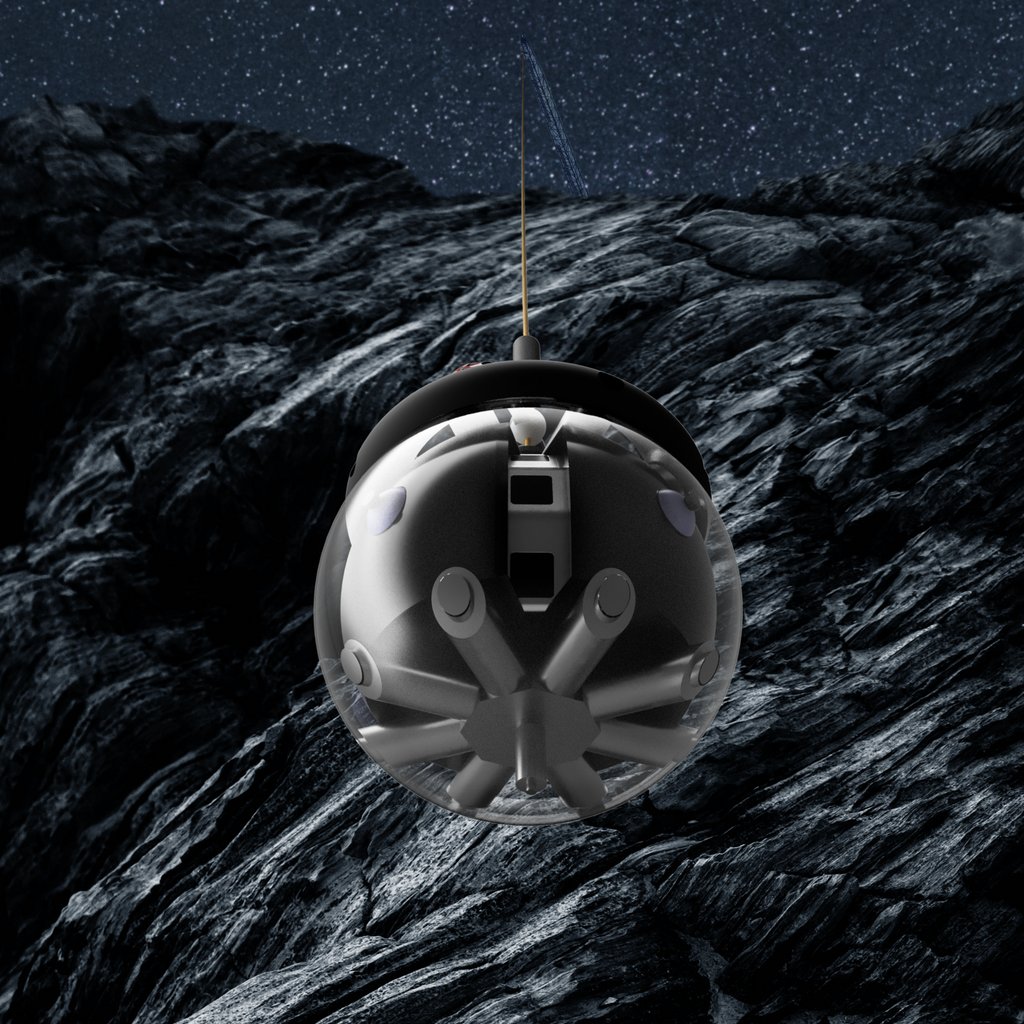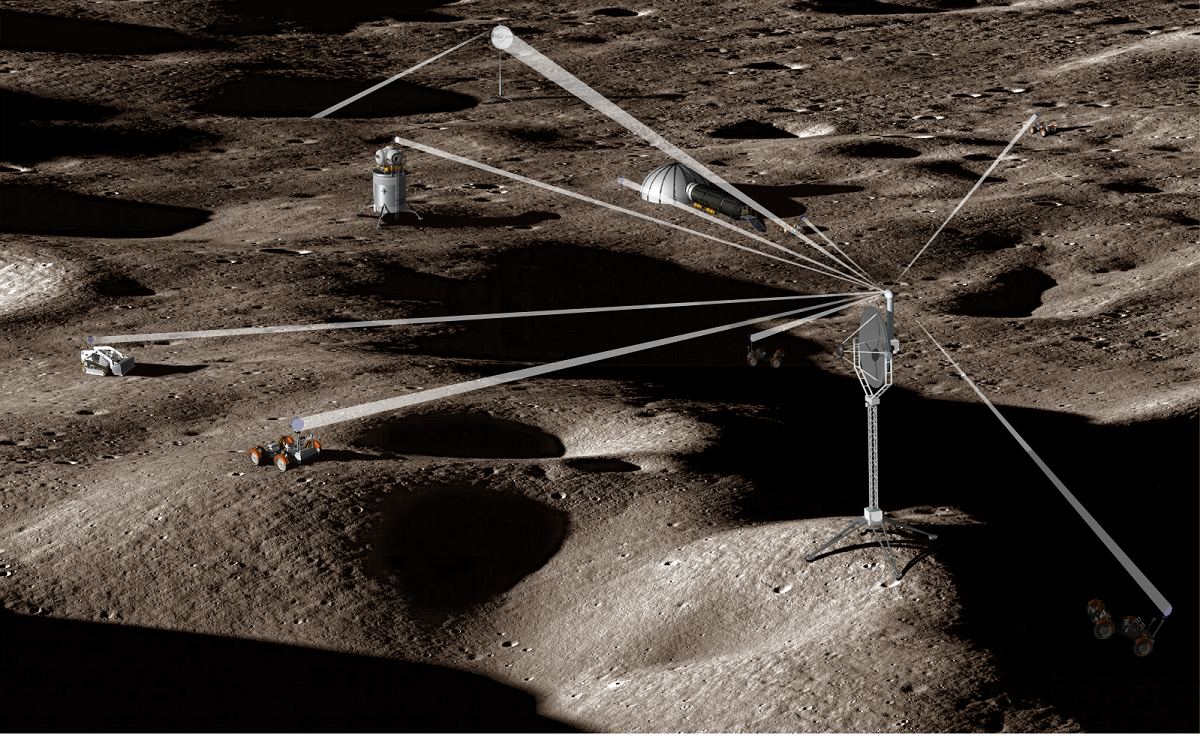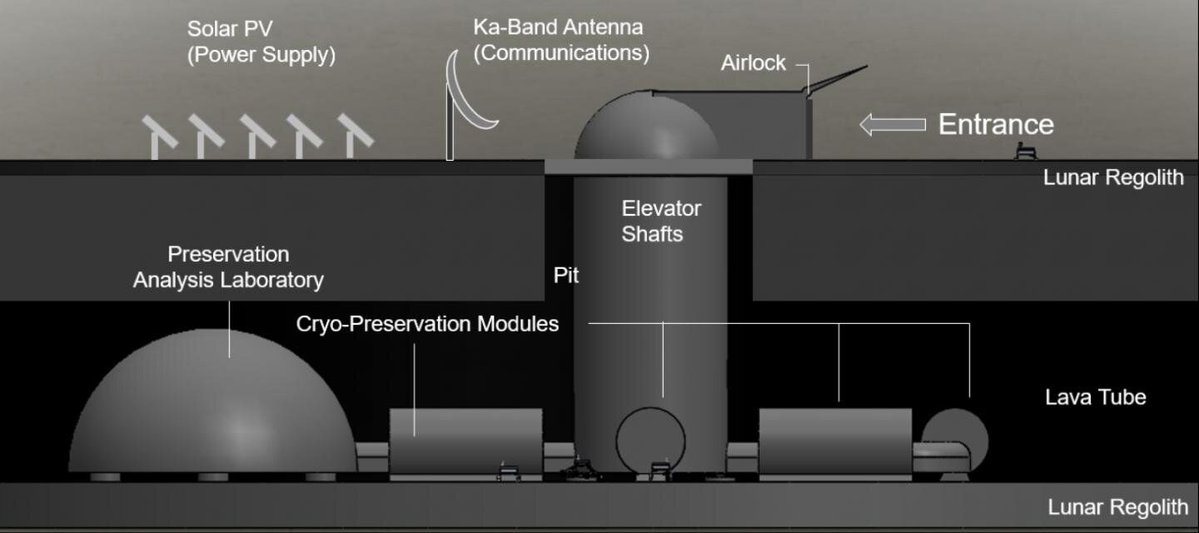Well, hello there old friend! This week the Juno mission to the Jupiter system made the first close flyby of Jupiter’s giant moon Ganymede, and as you might guess, the images are spectacular. This is the first time we’ve seen a close-up view of the Solar System’s largest moon since the Galileo mission 20 years ago. Voyager gave us the first views of Ganymede 40 years ago. Now, planetary scientists will be able observe any changes in Ganymede’s surface over time.
But first, the image editing gurus back on Earth are having a go at the raw images sent back by Juno. Our lead image comes from Gerald Eichstädt, who worked his magic to bring out the details of Ganymede, and it’s a stunner.
Continue reading “Finally! New Pictures of Ganymede, Thanks to Juno”









